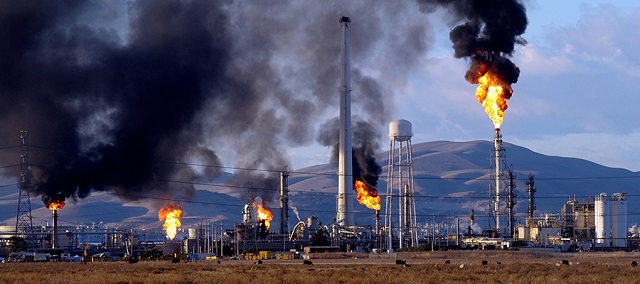
Kampala, Uganda | XINHUA | Global emissions of methane have reached their highest level on record, according to a study released by Stanford University on Tuesday.
The findings are outlined in two papers published in the journal Earth System Science Data and Environmental Research Letters by researchers from the Global Carbon Project, an initiative led by Stanford University scientist Rob Jackson.
The increases are being driven primarily by the growth of emissions from coal mining, oil and natural gas production, cattle and sheep ranching, and landfills, the study said.
Between 2000 and 2017, levels of the potent greenhouse gas barreled up toward pathways that climate models suggest will lead to 3-4 degrees Celsius of warming before the end of this century, according to the study.
In 2017, the last year when complete global methane data was available, Earth’s atmosphere absorbed nearly 600 million tons of the colorless, odorless gas that is 28 times more powerful than carbon dioxide at trapping heat over a 100-year span.
More than half of all methane emissions now come from human activity. Annual methane emissions are up 9 percent, or 50 million tons per year, from the early 2000s when methane concentrations in the atmosphere were relatively stable, the study showed.
Globally, fossil fuel sources and cows are twin engines powering methane’s upward climb. “Emissions from cattle and other ruminants are almost as large as those from the fossil fuel industry for methane,” said Jackson, a professor of Earth system science at Stanford’s School of Earth, Energy & Environmental Sciences.
Amid the COVID-19 pandemic, carbon emissions plummeted as manufacturing and transportation ground to a halt.
“There’s no chance that methane emissions dropped as much as carbon dioxide emissions because of the virus,” said the professor. “We’re still heating our homes and buildings, and agriculture keeps growing.”
******
XINHUA
 The Independent Uganda: You get the Truth we Pay the Price
The Independent Uganda: You get the Truth we Pay the Price


